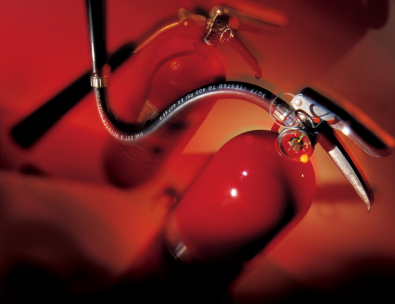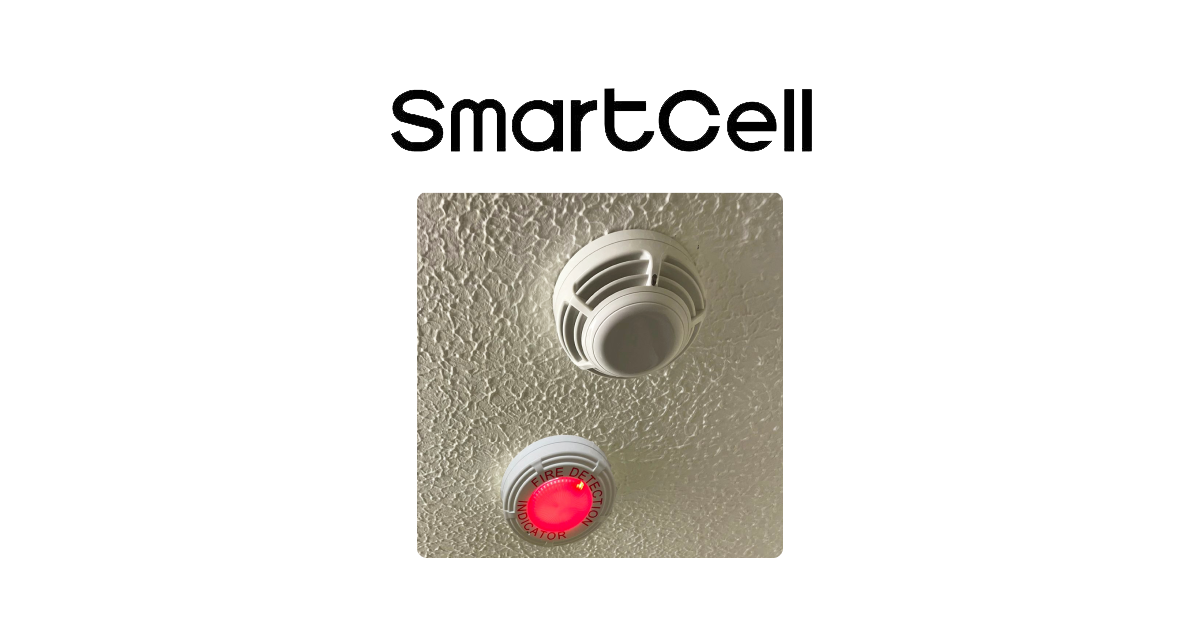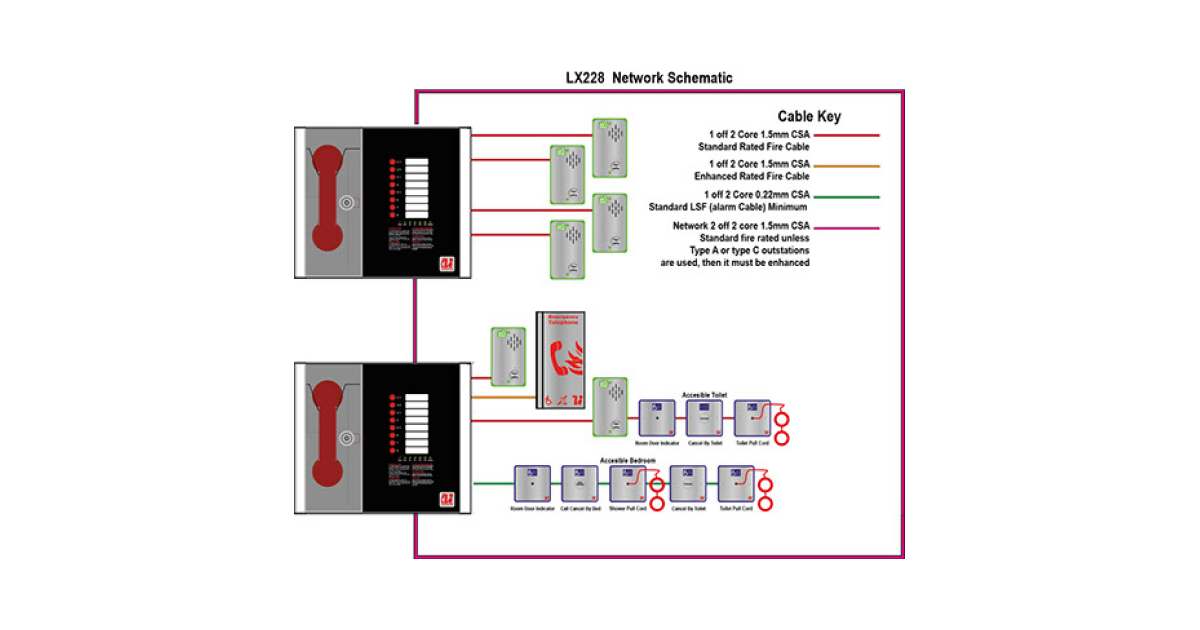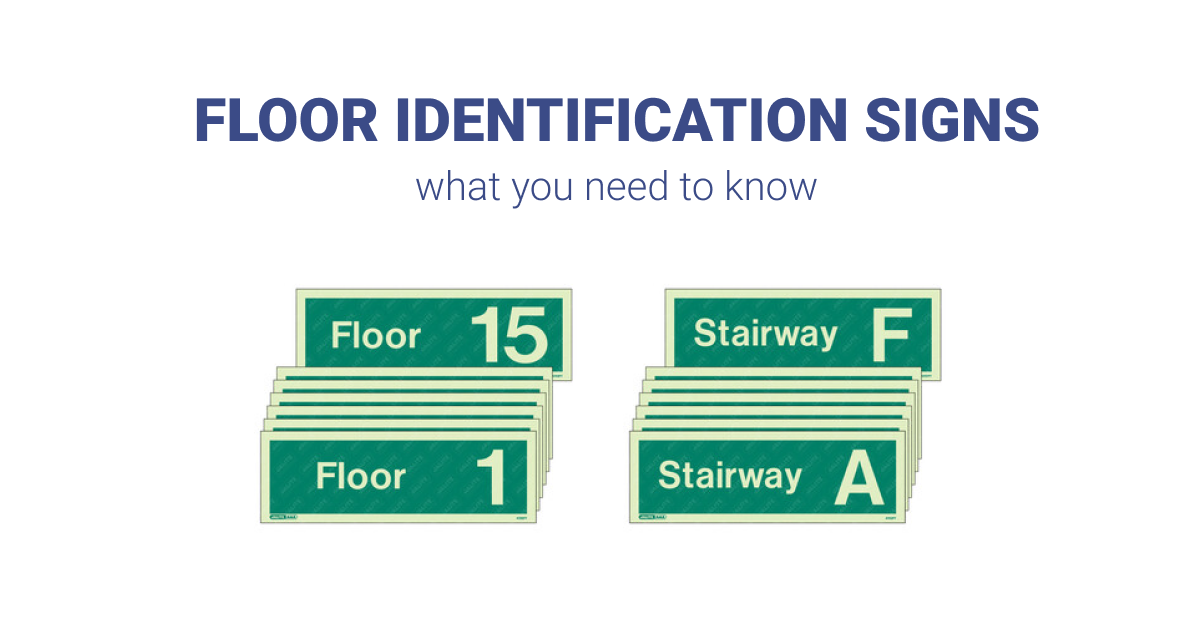
Fire extinguishers have been around for hundreds of years, you might not believe it but the first recorded mention of a fire extinguisher was as far back as 1723. There have been many types of extinguishers introduced to the market since then – including glass grenade style extinguishers! – but over the years they’ve evolved in to the familiar red canisters we know and rely on today.
Modern chemical technology means that the contents of our fire extinguishers can vary and there are several types of extinguishers that are best for different kinds of fire.
But the question is if you tackle a fire, do you know which kind of fire extinguisher you need?
Fire Classifications
In the UK we classify different types of fire. These range from organic solids fires (e.g. paper and wood) to fires that involve cooking fat and oil.
- Class A – organic solids
- Class B – flammable/combustible liquids
- Class C – flammable gases
- Class D – combustible metals
- Class F – cooking fats and oils
Electrical fires were previously covered by Class E but this is no longer in use because as soon as the electricity has been isolated the fire could fall into any category.
Types Of Extinguisher
Water
Water fire extinguishers are quickly identifiable by their red label.
A water fire extinguisher is best for use on Class A fires that involve organic materials like paper and wood. Water cools the area on fire and stops the materials in the fire from burning effectively.
It is dangerous to use a water extinguisher on burning fat (Class F) or on electrical appliances that have caught fire.
Foam
A cream label denotes a foam fire extinguisher.
Foam extinguishers can be used on multiple fire classes and are best for use on solid objects that are on fire and volatile liquids like petrol and paint. The foam creates a protective layer between the fire’s fuel and the flames.
They are not recommended for use on Class A or Class F fires.
Powder
Powder fire extinguisher labels are coloured blue for quick identification.
They are good to use on fires that originate in flammable liquids (Class B) like petrol, oil and grease however they should not be used where cooking oil and fat has been used. Powder particles draw out the heat of the flames to stop the fire.
Powder extinguishers can quickly extinguish a fire but the powder particles do not always penetrate every crevice of objects on fire so you must take care to ensure the fire does not re-ignite.
CO2 (Carbon Dioxide)
CO2 fire extinguishers have black colouring for easy identification.
Carbon dioxide extinguishers are good for use on live electrical equipment and Class B flammable liquids (this does not include cooking oils and fats). Carbon dioxide replaces the air around the fire and effectively suffocates it – fire cannot burn without air.
CO2 fire extinguishers are best for use in well-ventilated areas as the fumes can be harmful if inhaled.
Wet Chemical
Denoted by a yellow label.
Wet chemical fire extinguishers are especially effective at tackling Class F fires – the type of fire that it is not recommended to use other types of extinguishers on. A Class F fire could be any kind fire involving cooking fat like butter, olive oil and lard.
The extinguisher is applied in a misting action that prevents the hot oil splashing on the person fighting the fire. The chemicals in this type of extinguisher produce a foamy layer on top of the flaming oil that cools the fat and stops re-ignition.
This extinguisher is not recommended for other types of burning liquid like petrol.
If you are ever in any doubt over which extinguisher to use, or you are worried that you cannot tackle the fire yourself, immediately call the fire brigade.
Discount Fire Supplies sell a range of fire alarms, fire alarm accessories and much more. Browse our online shop or contact us for a quote today.










